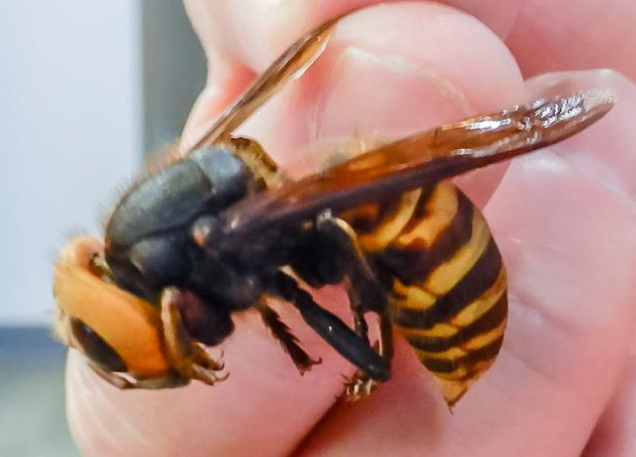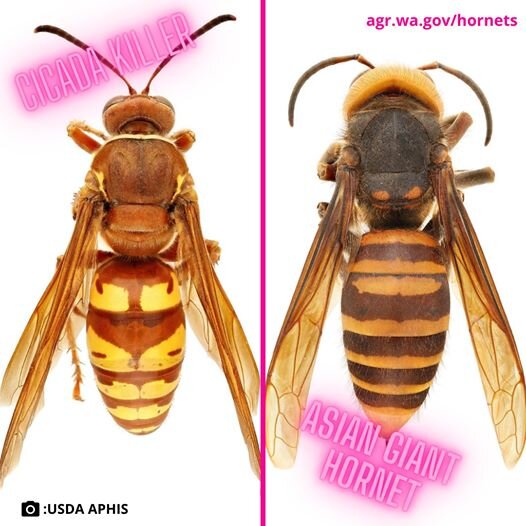Asian Giant Hornet Update from WSDA
/On July 24th, the Washington State Department of Agriculture (WSDA) released an Asian giant hornet stakeholder update. Below are a few important takeaways from the update:
Volunteers have put up over 1300 traps, which is in addition to the hundreds of traps managed by WSDA!
The Washington Invasive Species Council contributed $3,000 toward the cost of billboards in Whatcom County, WA to help raise awareness and encourage reporting of Asian giant hornets.
WSDA is partnering with the Washington State University Master Gardeners to provide a training (August 11 at 10 a.m.) for Master Gardeners who might be answering questions or receiving suspected Asian giant hornet specimens from clients. Master gardeners who are interested in participating in this webinar should contact their program coordinator for information on how to attend the training.
All Asian giant hornet stakeholder updates from WSDA can be found here. If you would like to receive updates from WSDA’s Pest Program on Asian giant hornet (and other topics), click here. The OISC’s original Asian giant hornet News Channel post can be viewed here.






